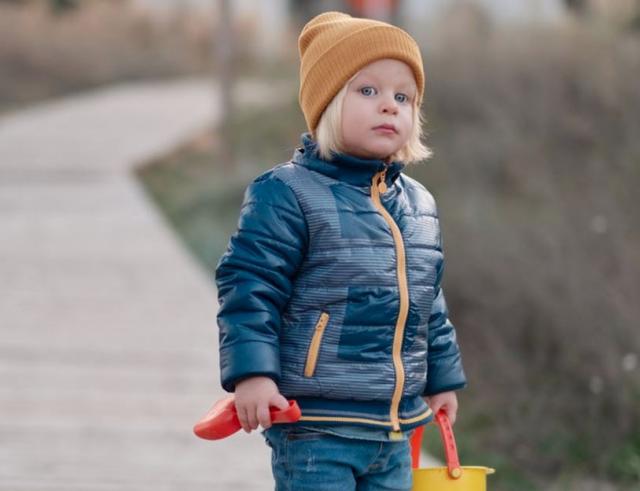Advertorial
Has your little one been sniffling and feeling poorly a little too often? If you’re wondering why your son or daughter is suffering from colds regularly then we’re here to help!
Colds are caused by viruses that target the lining of the nose and throat and cause these areas to become inflamed. This triggers the production of mucus, resulting in a runny nose and sneezing. There are over 200 types of virus that can cause a cold so your child can have one cold right after getting over another, because each one is caused by a different virus.
The main symptoms of a cold consist of sneezing, coughing, a runny or blocked nose, and a sore throat. These symptoms tend to develop gradually over a couple of days and can last up to two weeks in some cases.
A viral infection spreads when a person with the infection coughs or sneezes. The average child suffers from seven to 10 colds in a year, as their immune systems are more vulnerable to infections.
Children also tend to get more colds because they’re around so many other children in nursery, school, and playgroup. They’re exposed to more germs because unlike adults, children can forget to cover their mouths when coughing or sneezing. They may forget to wash their hands after sneezing and may end up spreading even more germs by touching objects or other children.
Teaching your little one to wash their hands may help prevent further spreading of germs. They should wash their hands with warm water and soap for at least 20 seconds. A helpful way to encourage this is to get them to sing happy birthday twice when doing so.
Sneezing and coughing into tissues, binning them, and washing their hands after also helps to stop the spread, although we know this is easier said than done with a child! Perhaps you could get your little one some children’s tissues to help encourage them?
Encouraging your child to wash their hands properly, use tissues and eating well can help combat your little one’s colds.
Brought to you by
CALPOL® Infant Suspension for infants 2 months + (weighing over 4kg & not premature). Contains paracetamol. For pain and fever. Always read the label.










